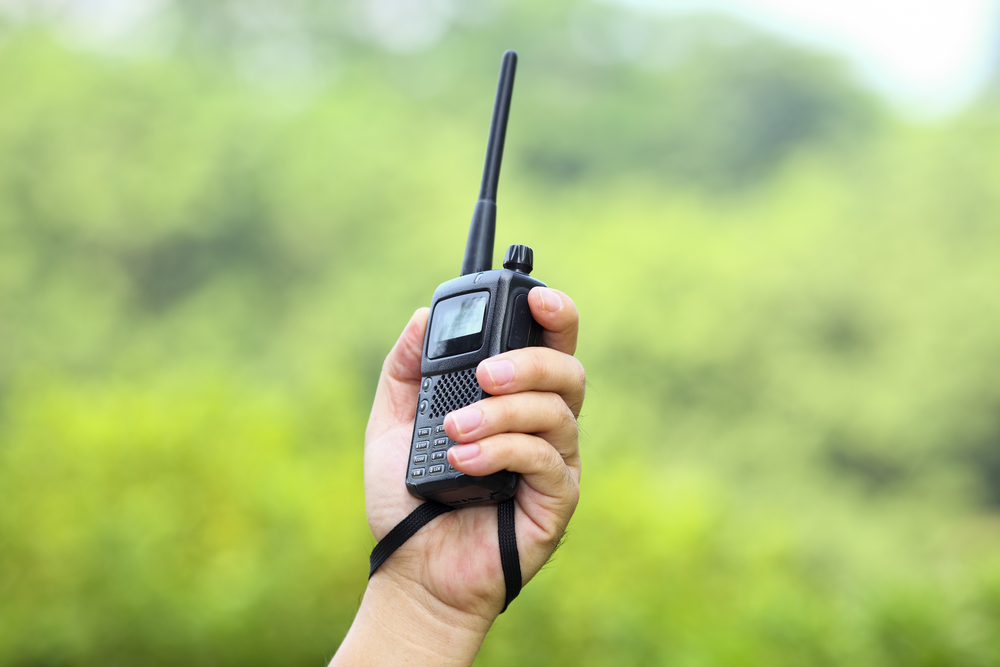Which Frequency Should I Use for My Two-Way Radio?

For the sake of compatibility, if you're going to be communicating with other existing two-way radio users, be sure to use the same frequency band and mode (digital or analog) as they are. Determining which frequency your team will be using is the next step, and this requires factoring in a few elements of the radios you are using and your intentions for communicating with your team. Below are just a few examples of what should determine your two-way radio’s frequency.
Determining VHF or UHF Band.png?1622570185110)
Typically, VHF or lower radio frequencies are used for their outdoor range on job sites or farms, and UHF is preferred for use inside buildings and in the city where a shorter range reduces interference from other users. VHF typically uses a longer antenna, and UHF a shorter one that can be somewhat more convenient to carry.
Digital vs. Analog Mode
Digital radios save battery power and often improve signal quality. Fewer radio scanner listeners can monitor digital signals. Using Motorola's feature-laden MOTOTRBO digital system allows you to expand and use efficient digital repeaters for your group. From single-building operations to citywide public agencies, digital has become very popular for group two-way radio use.
Communicating Directly or on a Managed System
Your frequency choice can depend on whether you're talking directly or if you'd like to use a repeater system to connect over longer distances. The easiest choice is to use unlicensed public frequencies directly, but as your team grows, this can be an unsatisfactory frequency option, and you may have to expand to a managed system.
Licensed or Unlicensed Frequency Allocations
Getting an FCC license helps you use your own frequency rather than sharing with other area users, and opens a much larger range of frequencies for your use. Unlicensed use is limited to a small range of public-use frequencies, which may suit your needs at first but can bring about the need for improvement as your team grows.
The Best Choices in Durable, Reliable Two-Way Radios
Motorola pretty much wrote the book on two-way radios, so your best choice no matter what frequency you're using is a solid Motorola unit. For simple person-to-person use, group communication, or regional talk and text through an established MOTOTRBO system, Motorola radios have the features and frequencies you need. Portable radios such as the Motorola SL300 also offer reliable and durable equipment that will keep you in touch in nearly any circumstance. If you need to communicate flexibly and your business or residents' safety depends on it, let us help you plan your two-way radio strategy.
Delmarva Communications is Ready to Help
The Federal Communications Commission's frequency allocations for commercial two-radio can seem complex, but don't let that slow you down. We have the answers. Our team can guide you through the frequency and technology choices. We'll help you sort out exactly which frequency you need, whether you need a license for it, and how to ensure that your team connects effectively. Give us a call today to make your radio communication simpler, and for help with radio planning as your business expands.
Comments
No posts found


